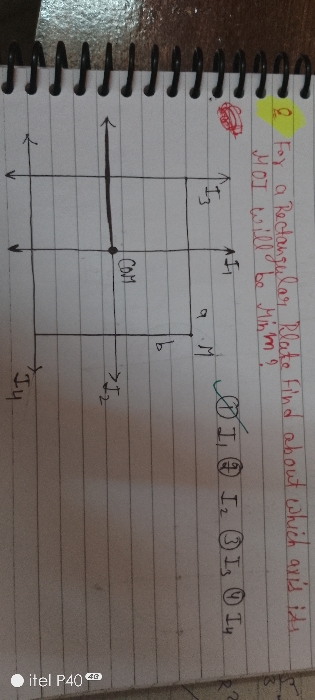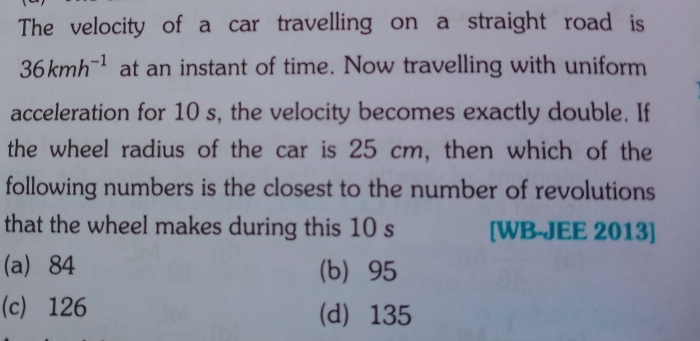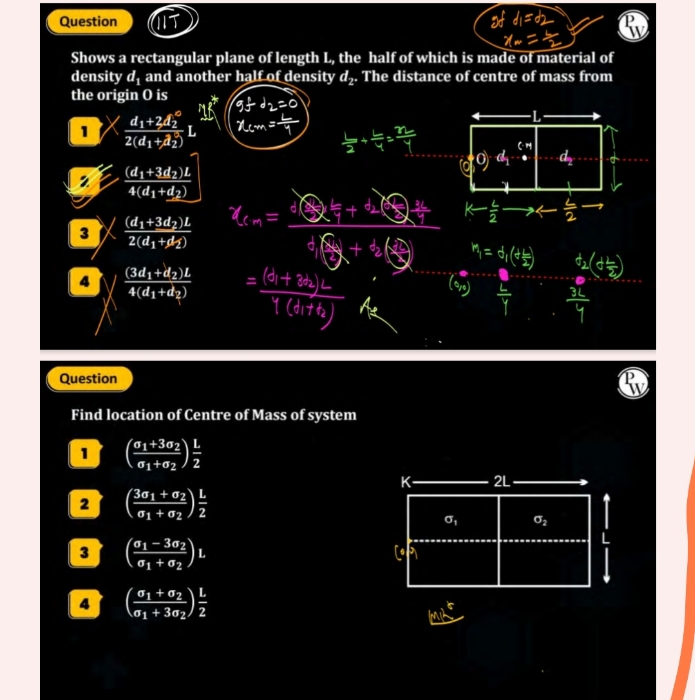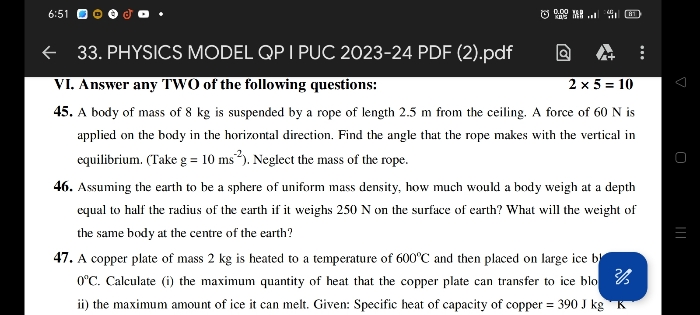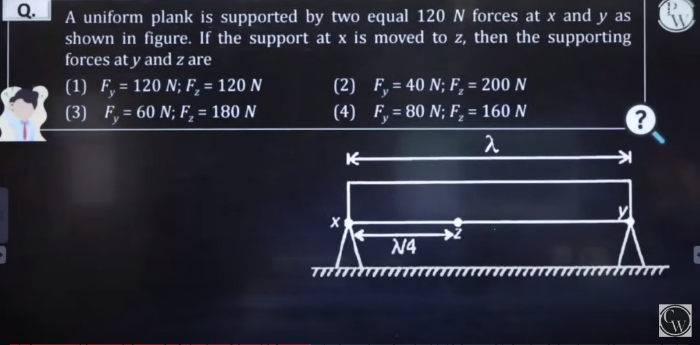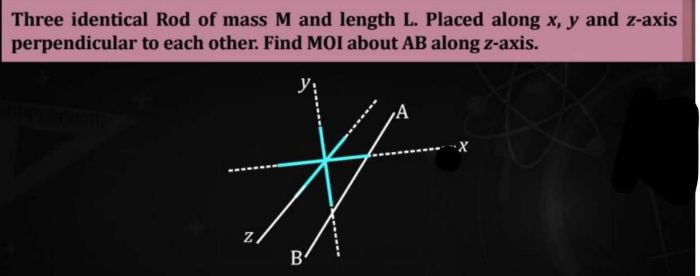NEET Class neet Answered
solve this
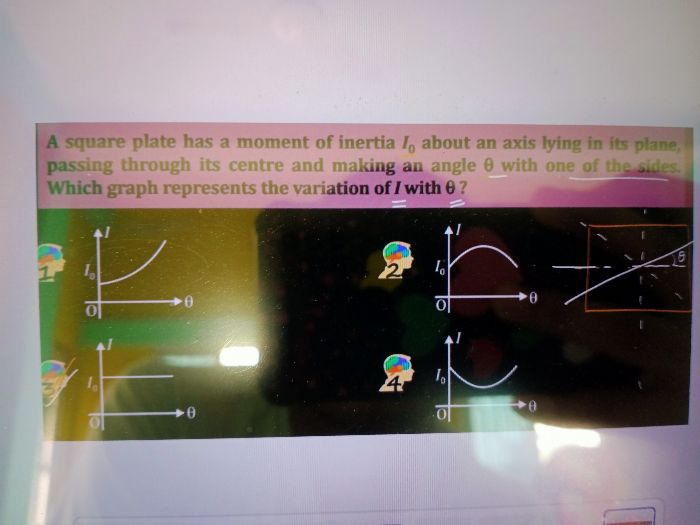
Asked by meheboob1doctor | 20 Dec, 2022, 11:11: AM
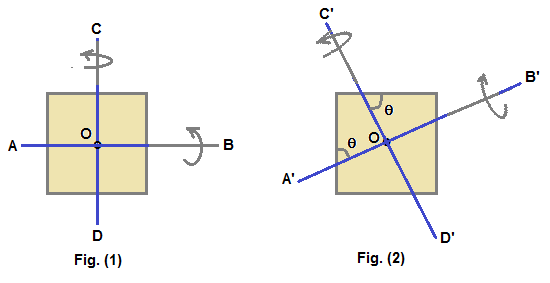
Fig(1) shows axes AB and CD that are passing through centre of square and on the plane of square .
Axes AB and CD are perpendicular to each other. Let Io be moment of inertia about each axis .
Now if we consider an axis passing thro centre and perpendicular to plane of square,
then moment of inertia about this axis is 2Io ( Perpendicular axis of theorem ).
Now Let us rotate the axis AB to A'B' as shown in figure so that axis AB makes angle θ with left edge
of square . Similarly let us rotate the axis CD to C'D' so that the axis C'D' makes angle θ with top edge of square.
As mentioned earlier , moment of inertia of an axis passig through centre O and perpendicular to the plane of square is 2Io .
By perpendicular axis theorem , moment of inertia about each axis A'B' and C'D' is Io .
Hence rotation of axes AB and CD does not change the moment of inertia and moment of inertia is indepenedent of
orientation of AB and CD if they are on the plane of square and passing through centre of square.
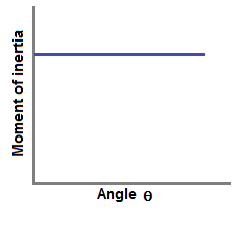
Answered by Thiyagarajan K | 20 Dec, 2022, 03:23: PM
NEET neet - Physics
Asked by 69sayyappan | 29 Mar, 2024, 10:44: AM
NEET neet - Physics
Asked by anandibastavade555 | 24 Mar, 2024, 01:03: PM
NEET neet - Physics
Asked by snowgaming267 | 21 Mar, 2024, 01:44: PM
NEET neet - Physics
Asked by vikrantdhurdev2020 | 15 Mar, 2024, 04:10: PM
NEET neet - Physics
Asked by vijayyadav08735 | 20 Feb, 2024, 03:18: PM
NEET neet - Physics
Asked by meheboob1doctor | 21 Dec, 2022, 09:09: AM


